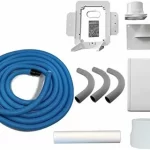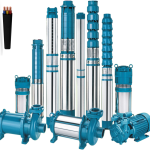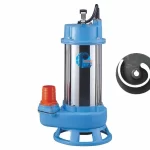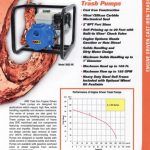Introduction
Fire protection pumps are life-saving tools. They push water at high pressure so it can fight fire fast. But a pump cannot do the job alone. It needs a hose kit. The hose is the path that carries the water to the fire.
The size of the hose its length and diameter changes how the pump works. If the hose is too long or too narrow, water loses speed and pressure. If it is too short or too wide, it may not reach where it is needed.
This article will explain why hose length and diameter matter. We will look at how they affect water flow, pump power, safety, and the real job of stopping fire. By the end, you will see how choosing the right hose is as important as choosing the pump.
The Role of the Hose in Fire Protection

A fire hose is more than a simple pipe. It is a tool designed to move water under stress. When a fire breaks out, every second counts. The pump pulls water from a tank, pond, or hydrant. The hose then carries it under force to the fire.
Without the right hose, the pump cannot deliver water where it must go. The fire hose connects the machine to the flames. It is the bridge that makes the pump useful. That is why length and diameter are not small details. They are central to fire safety.
How Hose Length Affects Fire Protection Pumps
Pressure Drop Over Distance
When water flows through a hose, it rubs against the hose walls. This friction slows it down. The longer the hose, the more friction it meets. This is called pressure drop.
For example:
- A 25-foot hose may carry water at full strength.
- A 100-foot hose may deliver far less pressure at the nozzle.
This drop can make a big difference. A weak stream may not reach flames high up or far away. It can waste water and time in a moment when both are precious.
Reach and Coverage
Length does add one benefit it lets firefighters reach fires farther away. A long hose can go around buildings, across yards, or up tall structures. In open land or rural areas, longer hoses are needed to reach far flames.
But there is a trade-off. More length means more weight. Long hoses are harder to carry, roll out, and store. They also need more strength to drag into place. In an emergency, heavy hoses slow down action.
Finding the Balance
The key is balance. Choose a hose long enough to reach the likely fire zones but not so long that pressure drops too much. Think about where the pump will be placed, how far the water source is, and where fires are most likely to start.
How Hose Diameter Affects Fire Protection Pumps
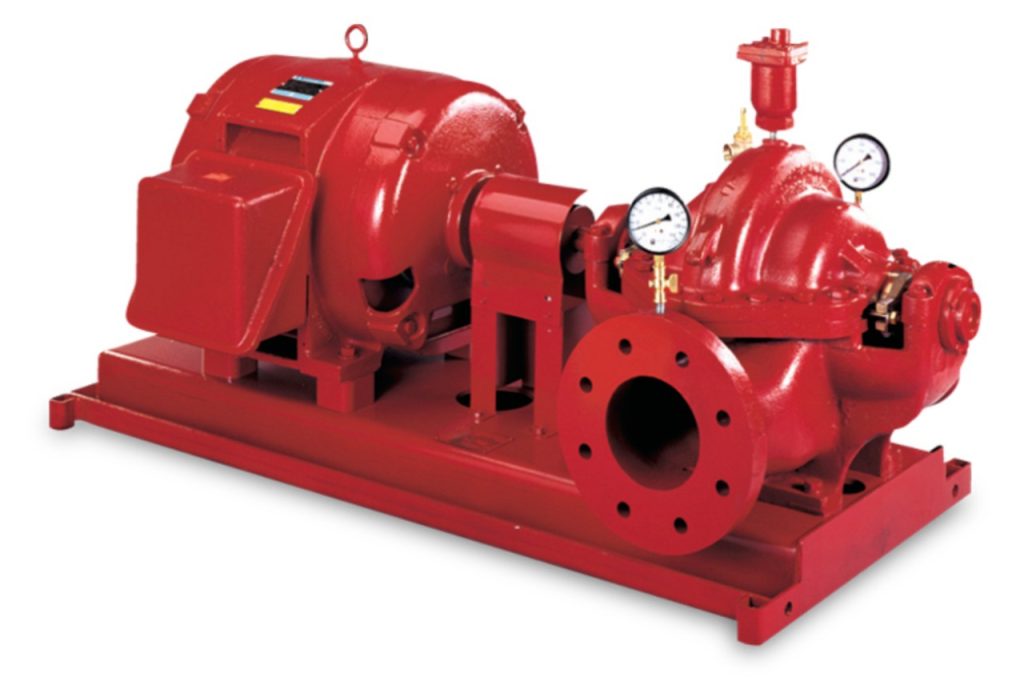
Water Flow and Volume
The diameter of a hose is the width across its opening. This size controls how much water can flow through at once. A wide hose moves more gallons per minute (GPM). A narrow hose moves less.
- Small diameter hose (1 inch): Light, easy to handle, but limited water flow.
- Medium diameter hose (1.5 to 2.5 inches): Good for many homes or small buildings.
- Large diameter hose (3 to 5 inches): Delivers huge volumes but is heavy and harder to use.
Matching Pump Power
Every fire pump has a set capacity. If the hose is too small, the pump may force too much pressure into it, causing leaks or bursts. If the hose is too wide, the pump may not have enough force to push water through it effectively.
The pump and hose must match. A strong pump with a narrow hose wastes energy. A weak pump with a wide hose cannot reach far. Matching diameter to pump strength ensures water gets to the fire at the right speed and volume.
Real-Life Scenarios: Why Hose Size Choices Matter
In Homes
For small homes, fires are usually close to the pump. A short, medium-diameter hose works well. It gives enough pressure to put out kitchen or garage fires quickly without being too heavy to handle.
In Farms and Rural Areas
Farms often face grass or barn fires spread over wide land. Here, long hoses are needed. Wide diameter hoses also help push more water over greater distances. Farmers must prepare for mobility and reach.

In Tall Buildings
High-rise fires need strong pumps and hoses that can carry water upward. Pressure loss is a big problem in vertical spaces. A wider hose may help, but pump power is also key. Fire teams often use staged pumping stations with the right hose size for each level.
In Forest or Wildland Fires
Wildfires need very long hoses. Lightweight hoses with small diameters may be easier to carry over rough ground. But water supply can be limited. The setup must balance reach and flow carefully.
The Role of Hose Material and Build
Length and diameter are not the only factors. Hose material also plays a big part in performance.
- Rubber hoses: Heavy but very durable. Resist heat and abrasion.
- PVC hoses: Light and cheap. Good for small use but less tough in harsh fires.
- Synthetic blend hoses: Flexible and strong. Often used by fire departments.
A stiff or brittle hose may crack under pressure. A flexible hose is easier to store and roll out. The build of the hose helps decide how long it will last and how well it works under stress.
Common Mistakes When Choosing Hose Size
- Ignoring pump specs – Many people buy hoses without checking what the pump can handle. This mismatch lowers performance.
- Choosing length over power – A longer hose may reach far, but if water arrives weak, it fails its purpose.
- Going for cheap options – A low-cost hose may leak, burst, or wear out fast. This is risky in fire safety.
- Poor maintenance – Even the best hose fails if it is not cared for. Dirt, cracks, and leaks lower water pressure and waste time in emergencies.
How to Select the Right Hose
When buying a hose kit for a fire pump, ask three main questions:
- What is the pump capacity? Look at gallons per minute and pressure rating.
- Where will the hose be used? Think about distance, building type, or land size.
- Who will use it? A heavy hose may be fine for trained crews but too hard for home use.
By answering these, you can find the right length and diameter for your needs.
Maintenance for Long Life
The right hose works best when cared for. After use, always drain water fully. Store the hose in a dry, cool place away from sun. Check for cracks, leaks, and wear often. Replace couplings or seals if they show damage.
A clean, well-kept hose keeps pressure strong and flow steady. In fire safety, reliability is everything.
Conclusion
Fire protection pumps are powerful tools, but they are only as good as the hoses they use. Hose length and diameter decide how well water flows, how far it reaches, and how much pressure it keeps.
- Short, wide hoses give strong water but limited reach.
- Long, narrow hoses give reach but lower power.
- The right match depends on pump specs, location, and fire risks.
Choosing the right hose is not about guesswork. It is about balance. Think about pressure, flow, distance, and handling. A well-chosen hose kit makes the pump a true fire-fighting partner. When safety is on the line, the right hose length and diameter can mean the difference between control and disaster.


